A few years ago, I tried Korean jajangmyeon at a tiny restaurant in Queens and instantly fell in love. I couldn’t get over the richness of the black bean sauce, deep, earthy, and just the right amount of salty. But as someone who often leans toward vegetarian cooking, I knew I wanted to create a version I could enjoy more often. This black bean noodles vegetarian recipe is my go-to comfort bowl, and it hits all the right notes: bold flavor, chewy noodles, and plenty of veggies.
It’s a weeknight-friendly, Asian-inspired vegetarian dinner that comes together quickly and tastes like you ordered it from your favorite Korean takeout spot. The sauce is rich and umami-packed thanks to fermented black bean paste, while the veggies add freshness and crunch. If you love easy vegetarian noodle recipes that actually satisfy, this one’s a must.
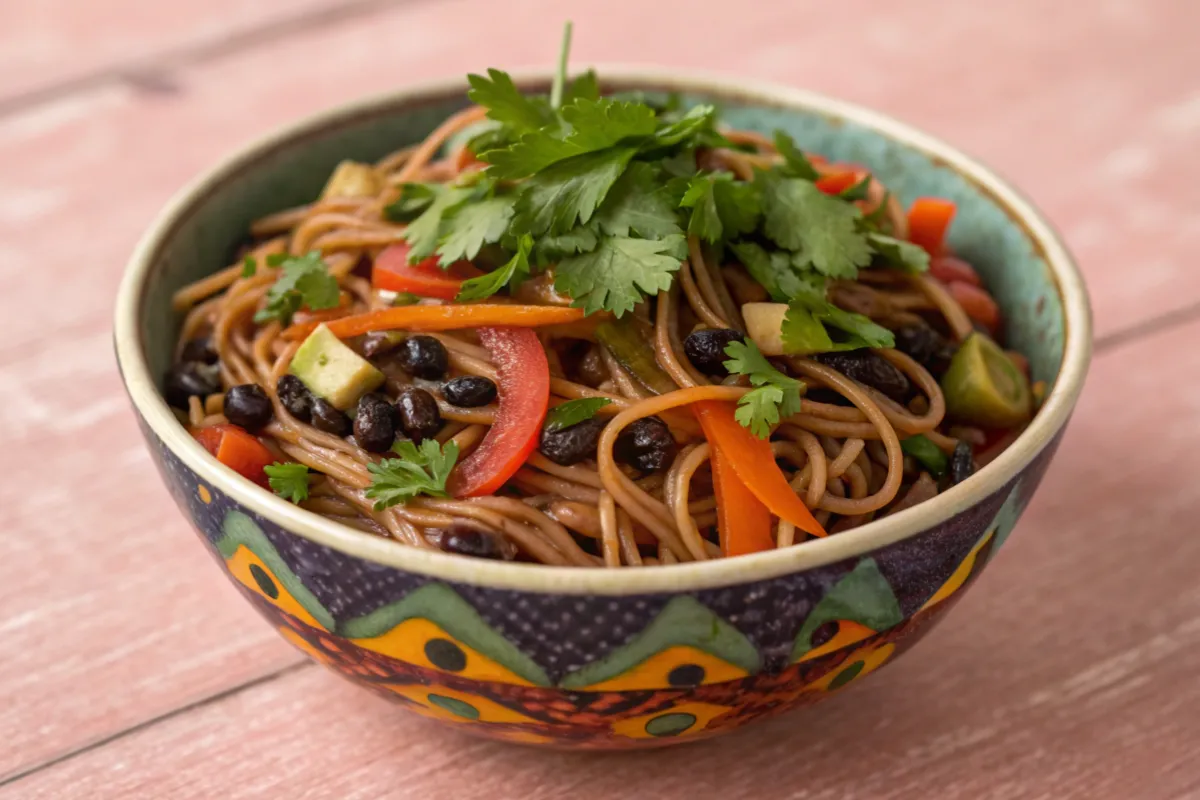
Table of contents
- The Secrets Behind These Flavor-Packed Veggie Noodles Recipe
- A Little Prep Goes a Long Way
- Recipe Card
- Make It Shine: Easy Tips for Even Better Noodles
- Make It Yours: Easy Swaps and Creative Combos
- Your Black Bean Noodles Recipe Questions, Answered
- Why You’ll Want to Make This Black Bean Noodles Vegetarian Recipe Again and Again
The Secrets Behind These Flavor-Packed Veggie Noodles Recipe
Let’s be real, when you want noodles, you want something fast, flavorful, and filling. This dish checks all the boxes, whether you’re vegan, vegetarian, or just craving a meatless dinner that still feels hearty.
Here’s what makes it a total win:
- Plant-based but rich in umami thanks to the fermented black bean paste
- Quick to make with minimal prep and only one pan for the sauce
- Great for weeknights but feels special enough for weekend dinners
- Customizable with any veggies you have in your fridge
- Naturally dairy-free and easy to make vegan (just swap out the noodles if needed)
- Kid-friendly once you control the spice level
If you’re unfamiliar with Korean-style black bean noodles, this Taste Atlas article on Jajangmyeon gives a great cultural overview. This recipe keeps the soul of that dish while using only vegetarian ingredients.
A Little Prep Goes a Long Way
I don’t know about you, but when I’m hungry and craving noodles, I want them fast. The good news? This recipe is super weeknight-friendly, especially if you prep a few things ahead of time. Even 10 minutes of prep earlier in the day can make dinnertime feel effortless.
Here’s what I like to have ready before I turn on the stove:
- Cook the noodles in advance: Whether you’re using wheat noodles, udon, or rice noodles, boil and rinse them ahead of time. Toss with a little sesame oil to keep them from sticking.
- Chop your veggies: Slice your onions, bell peppers, zucchini, cabbage, or whatever veggies you’re using so they’re ready to stir fry. Store them in an airtight container in the fridge.
- Make the black bean sauce: You can mix the sauce ingredients in a small jar ahead of time, just give it a shake before adding it to the pan.
- Minced garlic and ginger: If you cook Asian recipes often, it’s worth making a batch of garlic-ginger paste. It saves time and boosts flavor in every bite.
- Optional protein (tofu or tempeh): If you want to add tofu or tempeh for extra protein, press and cube it earlier so it’s ready to fry or toss in the sauce.
Recipe Card
Make It Shine: Easy Tips for Even Better Noodles
I’ve made this dish more times than I can count, and trust me, these little tricks are game changers. Black bean noodles are simple at heart, but with a few thoughtful touches, you can make them feel restaurant-worthy in your own kitchen.
- Use high heat for stir-frying: It helps keep the veggies crisp and the flavor smoky, like true wok-style noodles.
- Soak the noodles in cool water after cooking: Especially with wheat or rice noodles, rinsing and tossing them with a little oil keeps them from clumping.
- Add sauce in layers: You can reserve a tablespoon of sauce to drizzle over at the end for extra flavor punch.
- Don’t skip the sugar or vinegar: They balance the saltiness of the black bean paste and round out the dish.
- Make it spicy: Add chili oil or crushed red pepper if you like heat—it blends beautifully with the savory base.
- Cook in batches if needed: If your pan is small, don’t overcrowd. It’s better to stir fry in two quick rounds than to steam everything at once.
Make It Yours: Easy Swaps and Creative Combos
If you’re like me, you love playing around with ingredients based on what’s in the fridge or what your cravings demand. That’s the beauty of this black bean noodles vegetarian recipe, it’s endlessly adaptable. Here are some of my favorite variations to keep things exciting:
- Vegan Black Bean Noodles:
This recipe is already dairy-free, but to make it fully vegan, just double-check your noodle ingredients and use vegan hoisin and soy sauces. Most mainstream brands are fine, but labels matter. - Spicy Black Bean Noodles:
Add 1 teaspoon of chili garlic paste or a splash of sriracha to the sauce. Or stir in some fresh Thai chilies during the stir fry. It adds a warm, fiery note that pairs beautifully with the deep umami of the black bean paste. - Protein Boost with Tofu or Tempeh:
Pan-fry cubed tofu or tempeh until golden and stir it in just before serving. It makes the dish heartier and adds a nice texture contrast. - Mushroom Lovers’ Version:
Swap out or add sliced shiitake, cremini, or oyster mushrooms. They soak up the sauce like little sponges and bring their own earthy flavor to the table.
Storing and Reheating Instructions
One of the reasons I make this black bean noodles vegetarian recipe so often is because the leftovers are just as satisfying the next day. Here’s how to keep them fresh and reheat them without losing flavor or texture:
- Storing:
Let the noodles cool completely, then transfer them to an airtight container. They’ll stay good in the fridge for up to 3 days. - Freezing (not recommended):
Because the noodles and veggies can turn mushy once thawed, I don’t recommend freezing this dish. It’s best enjoyed fresh or refrigerated. - Reheating:
The easiest way is to warm it up in a skillet over medium heat. Add a splash of water or broth to loosen the sauce and stir until hot.
You can also reheat in the microwave in 30-second bursts, stirring in between to keep the texture even.
Your Black Bean Noodles Recipe Questions, Answered
Yes, you can use regular soy sauce. Just be aware it contains gluten, so if you have dietary restrictions, choose gluten-free tamari instead.
You can substitute with hoisin sauce mixed with a bit of soy sauce and a pinch of garlic powder for a similar umami flavor, though it won’t be quite the same depth.
When made with whole grain or bean-based noodles and plenty of veggies, this dish is a good source of fiber and plant protein. Just watch the sodium in the sauces if you’re sensitive.
Why You’ll Want to Make This Black Bean Noodles Vegetarian Recipe Again and Again
This black bean noodles vegetarian recipe is proof that plant-based meals can be deeply satisfying, full of bold flavors, and easy enough for busy weeknights. The rich, savory black bean sauce combined with fresh, crisp veggies makes every bite a delight. Whether you’re a longtime vegetarian or just looking to add more meatless meals to your routine, this recipe delivers comfort and flavor without fuss.
Give it a try, and don’t be afraid to experiment with your favorite veggies or proteins. You might also enjoy these similar recipes:
- Chicken Pad Thai Recipe
- Tteokbokki Recipe
Happy cooking, and here’s to many cozy noodle nights ahead!

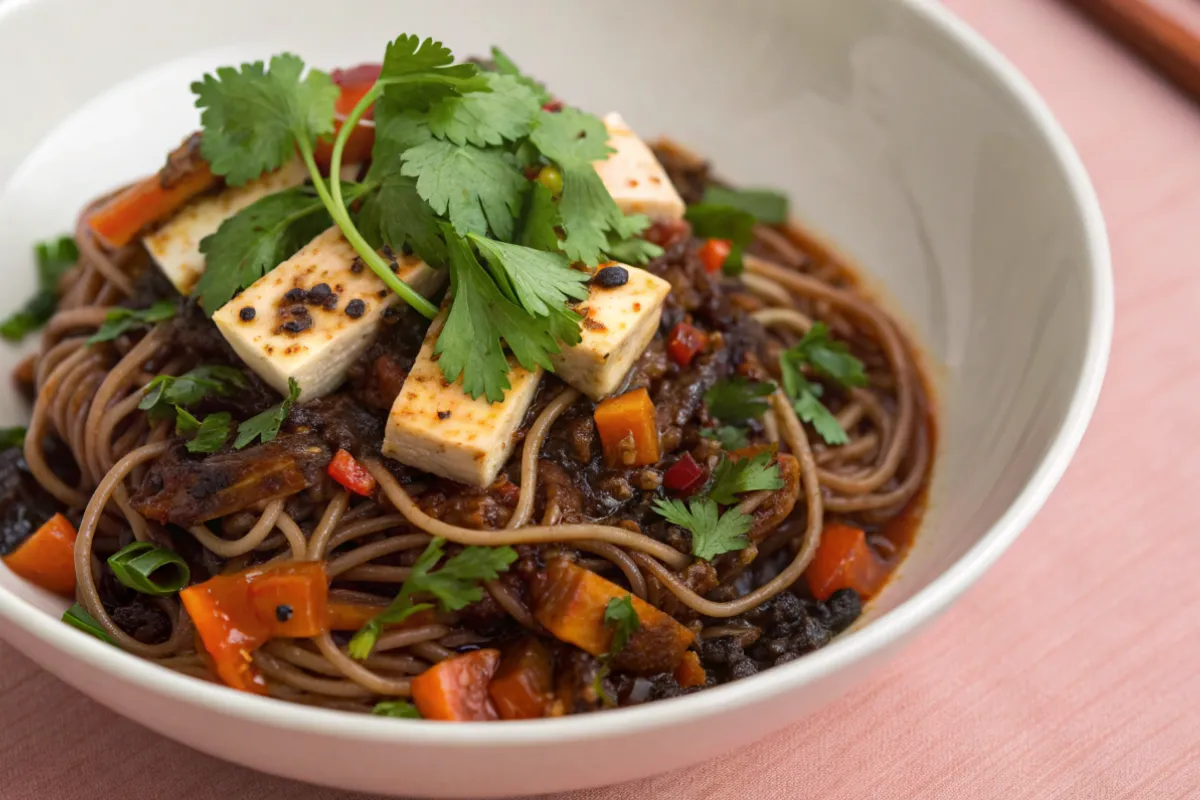


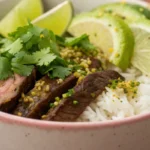


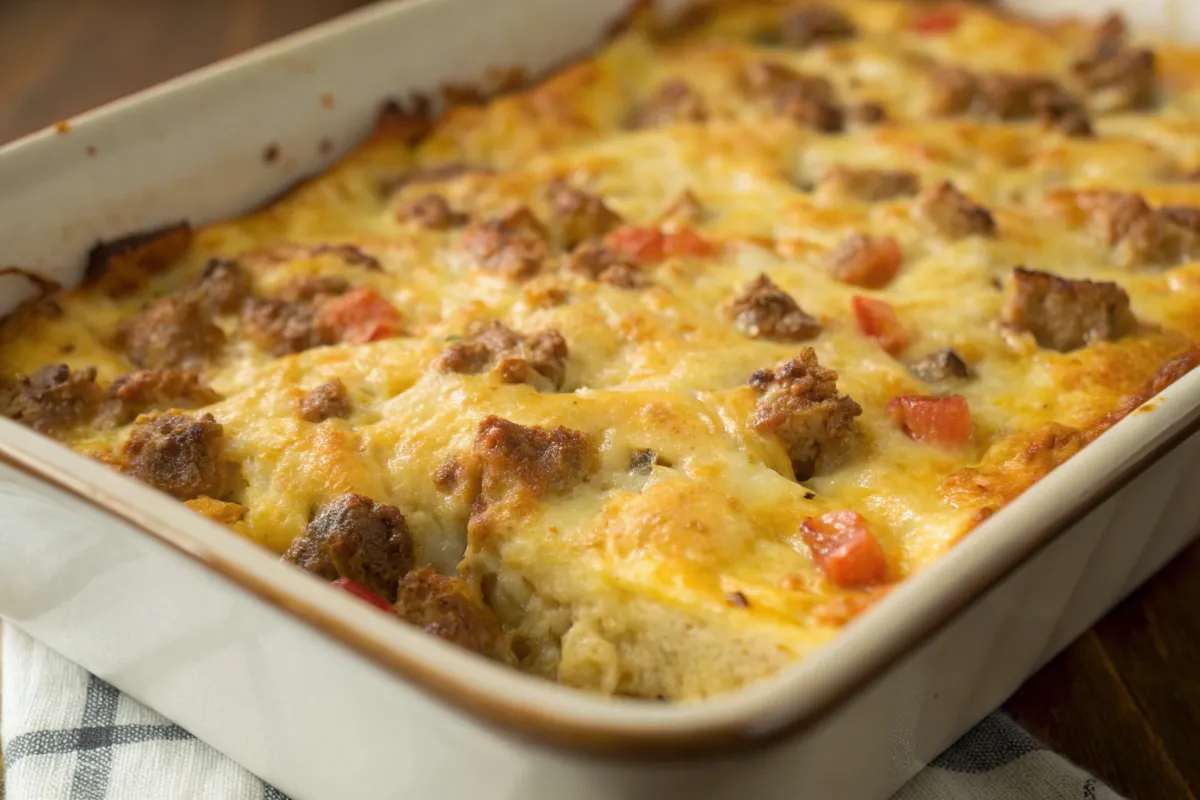

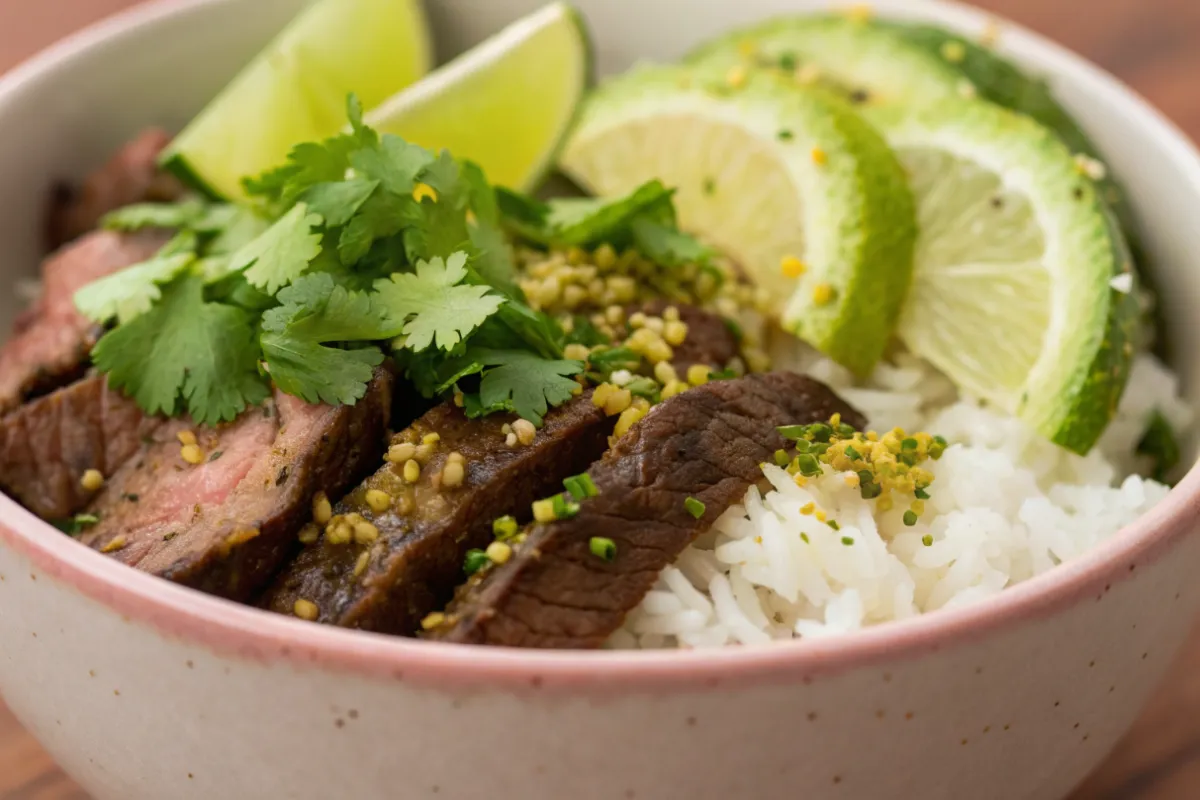
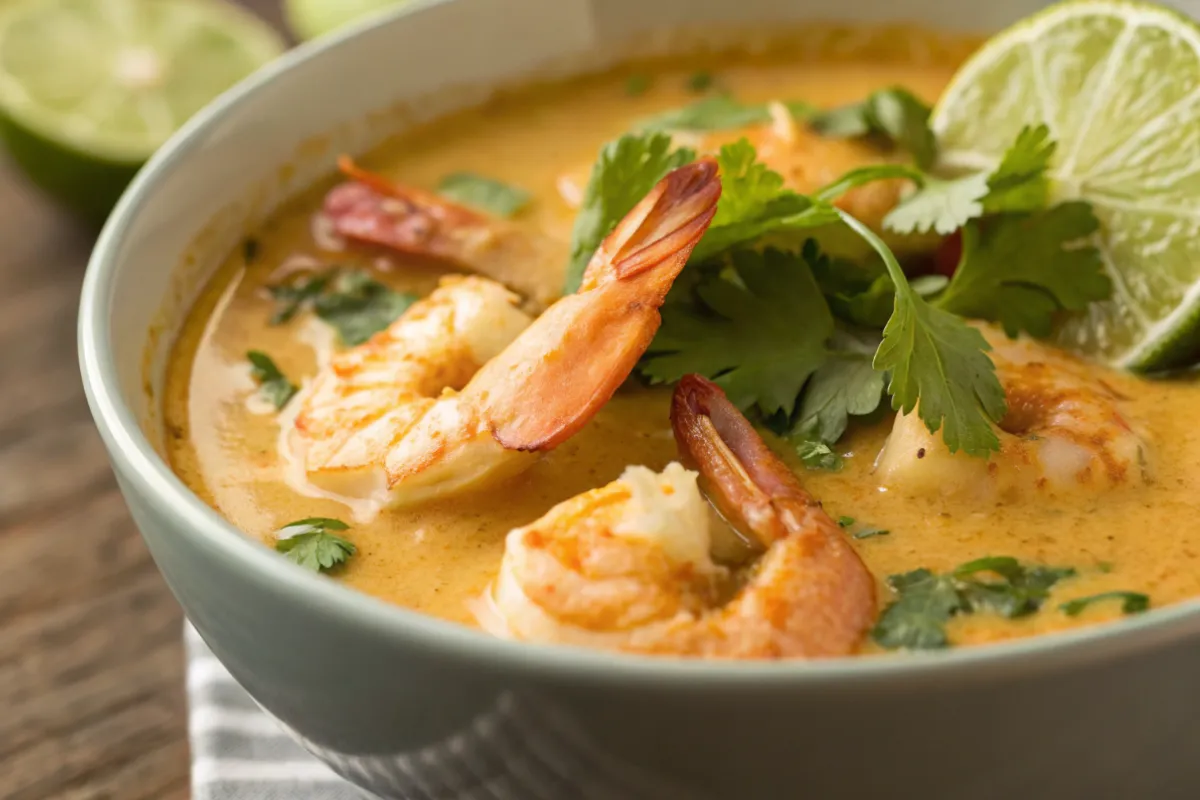
Leave a Reply